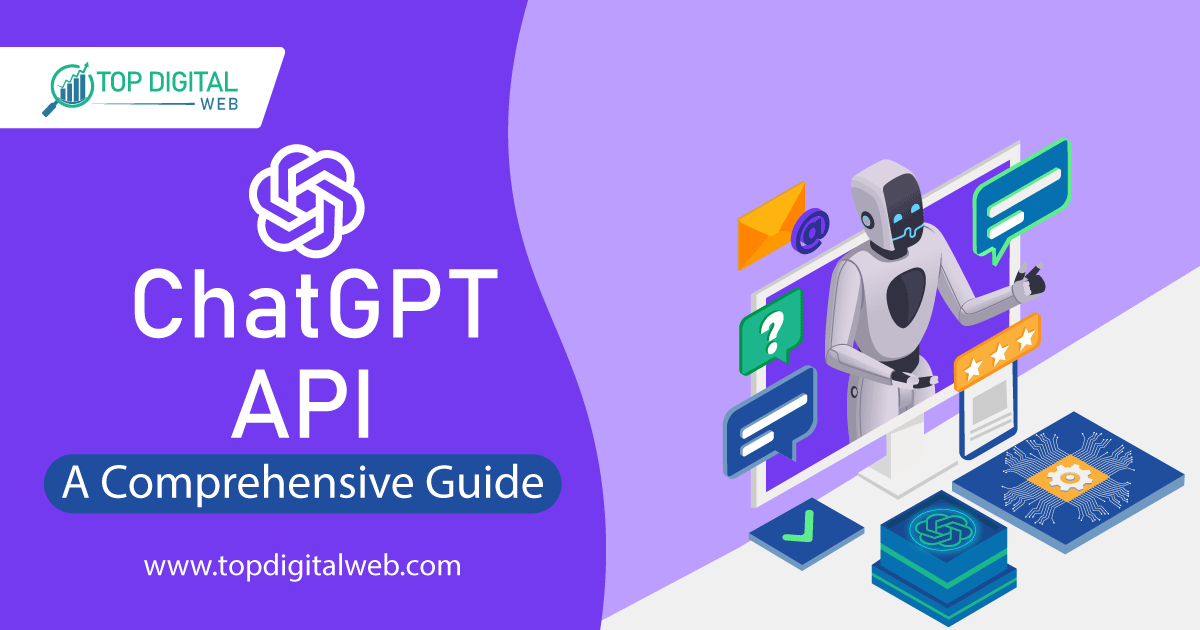In the realm of artificial intelligence, the ChatGPT API has emerged as a transformative tool, enabling developers to harness the power of conversational AI like never before. In this comprehensive guide, we will explore the ChatGPT API in-depth, covering what an API is, why it is needed, how to utilize it effectively, cost considerations, and address frequently asked questions. Join us on this journey to unlock the full potential of the ChatGPT API.
What is an API?
An API (Application Programming Interface) is a set of rules and protocols that allows different software applications to communicate and interact with each other. APIs act as intermediaries, enabling developers to access specific functionalities or services provided by another application or platform. In the context of ChatGPT, the API provides a way for developers to integrate the powerful language model into their own applications seamlessly.
Why is the ChatGPT API Needed?
The ChatGPT API addresses the growing demand for advanced conversational AI capabilities. It empowers developers to create intelligent chatbots, virtual assistants, language translators, and more, all of which can engage in dynamic and interactive conversations with users. The ChatGPT API bridges the gap between developers and OpenAI’s state-of-the-art language model, allowing them to leverage its language generation and understanding abilities to build sophisticated conversational experiences.
How to Use the ChatGPT API?
To use the ChatGPT API effectively, developers follow a simple process:
1. Obtain API Access:
Developers need to sign up and gain access to the ChatGPT API. OpenAI provides documentation and resources to guide developers through the process.
2. Make API Requests:
Developers can make API calls using the appropriate programming language or tool. These requests involve sending user messages to the API and receiving model-generated responses in return.
3. Handle Conversational Context:
To maintain conversational context, developers include prior messages as part of the API request. This ensures a coherent and continuous conversation with the language model.
4. Iterate and Optimize:
Developers have the flexibility to experiment, iterate, and optimize their use of the API by fine-tuning instructions, controlling the model’s behavior, and refining the system responses.
5. Cost Considerations:
The ChatGPT API operates on a pay-per-use model, meaning users are charged based on the number of API calls made and the amount of data processed. OpenAI provides detailed pricing information on its website, including the cost per token and the estimated tokens required for different API calls. It is advisable to review the pricing details to understand the associated costs and plan accordingly.
Frequently Asked Questions (FAQ):
a. Is the ChatGPT API free?
No, the ChatGPT API is not free. It operates on a paid model, and users are billed based on usage.
b. Can it be used in any programming language?
Yes, the ChatGPT API can be used with any programming language that supports making HTTP requests. This includes popular languages like Python, JavaScript, Java, and more.
c. Is there a limit to the number of API calls I can make?
OpenAI sets certain rate limits on API usage to ensure fair access for all users. Developers should refer to OpenAI’s documentation or contact their support for specific details.
d. How can I ensure responsible and ethical use of this API?
OpenAI provides guidelines and recommendations for developers to ensure responsible and ethical use of the ChatGPT API. Developers should adhere to these guidelines and implement safeguards to prevent misuse or bias in their applications.
e. Are there any restrictions on the use of the ChatGPT API?
OpenAI has certain usage policies and restrictions in place to prevent malicious use and ensure the appropriate use of the ChatGPT API. Developers should review and comply with these policies to ensure compliance.
As the world of conversational AI continues to evolve, the ChatGPT API stands as a beacon of innovation, revolutionizing the way we interact with user attractions and unlocking a world of limitless possibilities.

